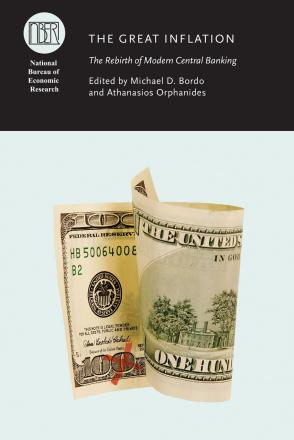Monetary Policy Mistakes and the Evolution of Inflation Expectations

This chapter uses a three-equation model based on a New Keynesian Phillips curve, real-time data on the unemployment gap, and forecast survey data on expected inflation to test the efficiency of the Federal Reserve's pursuit of an optimal control approach to monetary policy that approximates the fine-tuning views of the New Economics prevalent in the 1960s and 1970s. It shows that the fine-tuning approach to monetary policy, with its emphasis on stabilizing the level of real activity, might have succeeded in stabilizing the economy if policymakers had possessed accurate real-time assessments of the natural rate of unemployment. In the event they did not, and failed to account for their imperfect information regarding the economy's potential and the effects of these misperceptions on the evolution of inflation expectations and inflation.
-
-
Copy CitationAthanasios Orphanides and John C. Williams, The Great Inflation: The Rebirth of Modern Central Banking (University of Chicago Press, 2013), chap. 5, https://www.nber.org/books-and-chapters/great-inflation-rebirth-modern-central-banking/monetary-policy-mistakes-and-evolution-inflation-expectations.Download Citation
-


